As any individual who has ever eradicated a common houseplant will attest, it’s not simple maintaining foliage healthy. We domestic plant predators prefer to think alike, that’s why we choose low-light varieties.
The daylight is a major component of vegetative survival, but inadequate lighting doesn’t automatically equate to minimal sustaining because, we’re going to encounter it, there are many other elements at play.
Therefore, let us assist you if you’re seeking to fill your area with indoor plants but are unsure of where to begin.
The greatest low-light vegetation can grow with relatively little ultraviolet radiation and may even endure prolonged periods of darkness (such as the whole winter).
A pair of the greatest indoor plants for poor lighting circumstances are believed to be amiable snake plants and ZZ plants.
For fresh plant caregivers or those who struggle with vegetation, the best approach is to combine inadequate sunlight with little upkeep.
After getting settled into it, we advise beginning with a particularly simple plant’s surface, such as a plant pathos. or spider plant, then building your arsenal from there as well.
Which minimal sunlight indoor plant is best for you and the interior of your home? Still not confident? To help you decide, we’ve listed 34 of the top low-light houseplants along with the maintenance requirements for each. Cheers to gardening!
Baby Rubber Plant:
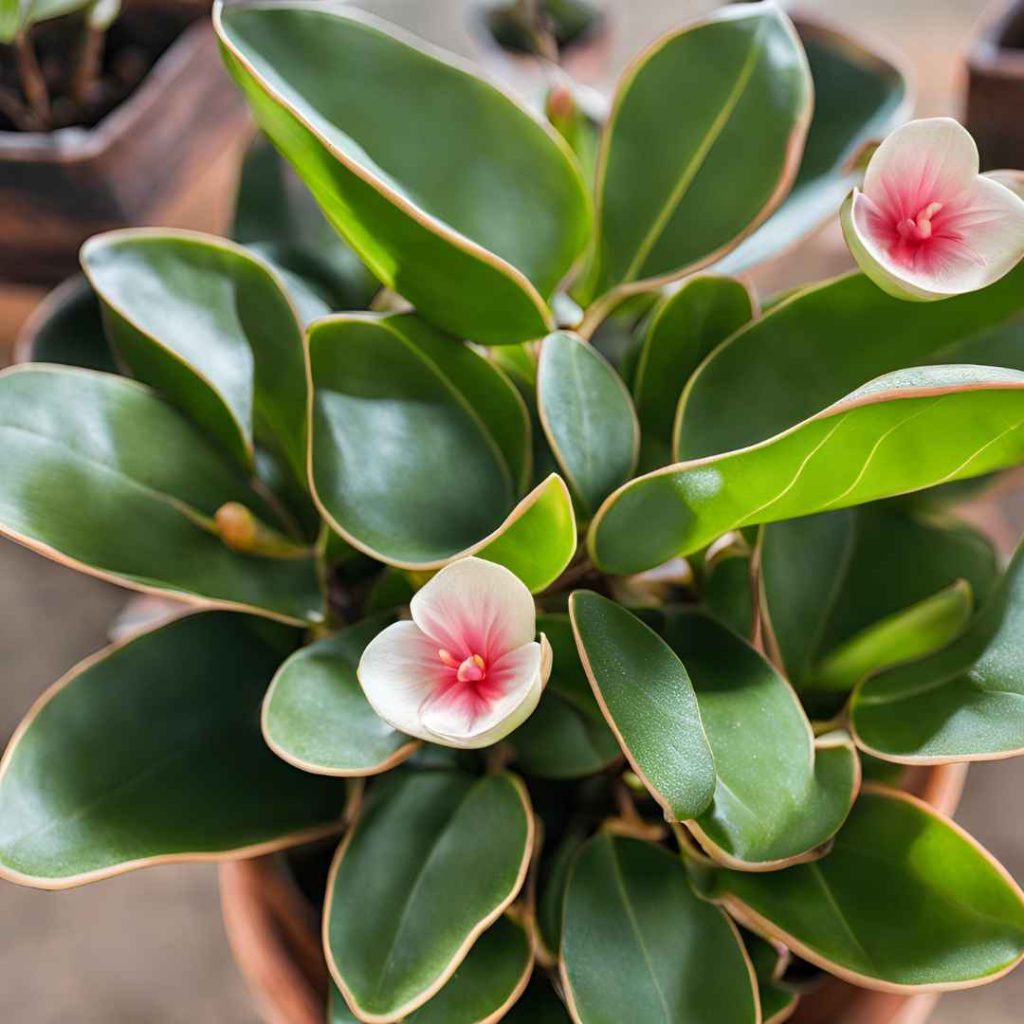
Water: a single time per week
This charming houseplant has a cover story: all springtime long, it will produce white blossoms and greenish blossom shafts.
Only be careful not to place it in sunlight directly as this may blaze and blister the foliage. Since this belongs to a tropical plant, it is best to have an elevated (and lesser humid) atmosphere.
Hoya Pubicalyx ‘splash’:
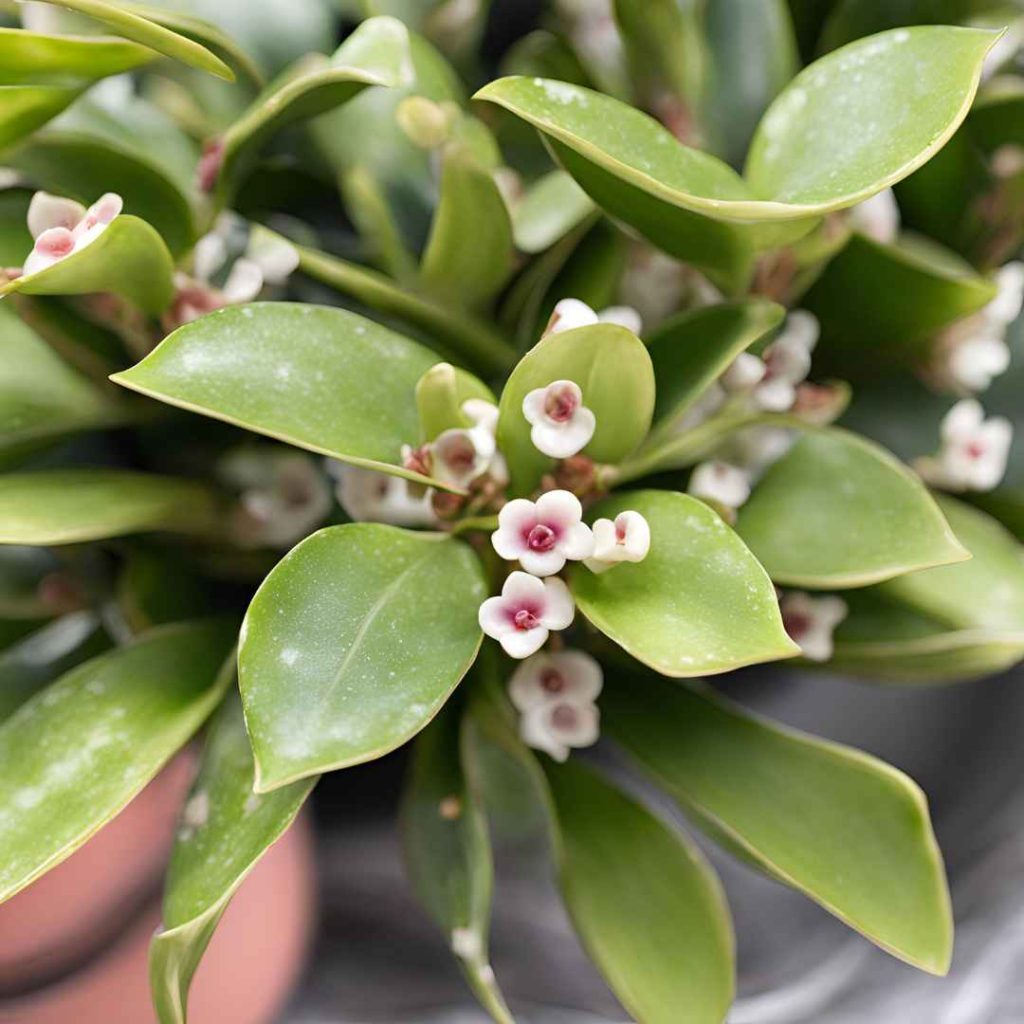
Water: Each ten days to one time a week
This Hoya cultivar thrives best in extremely moist conditions, but most indoor plants need lots of exposure to grow.
It can be grouped with another of your indoor vegetation or kept wet by setting it on an aquarium featuring water and gravel in it. For robust fresh leaf growth, Alive Root suggests applying vegetation nutrient or manure once every month.
English Ivy:
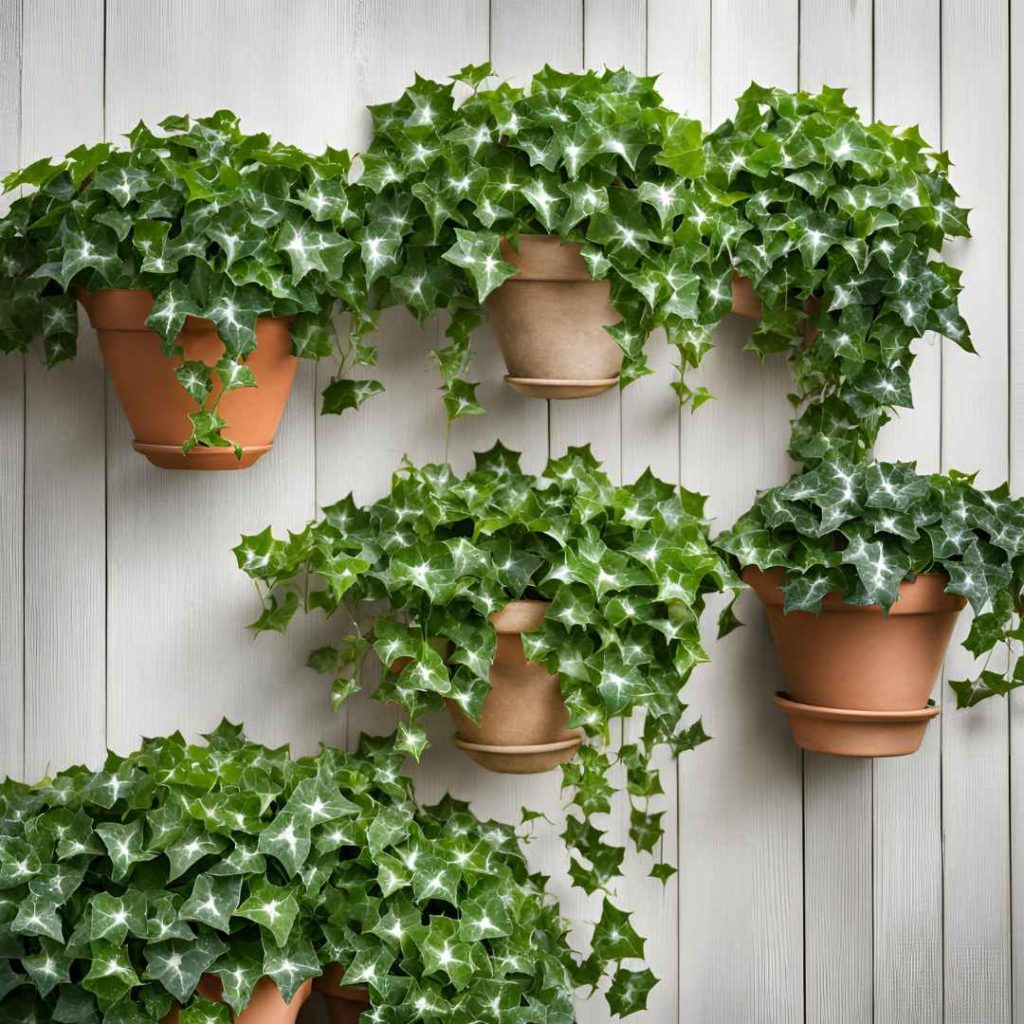
Water: a single time per week
English ivy is a plant with minimal upbringing that can grow in any area that has elevated humidity—bathrooms and different places without direct sunshine are perfect.
We advise suspending this succulent in a container or utilizing string holders to assist direct its new development considering that it spreads quickly and uncontrolled.
Stromanthe Triostar:
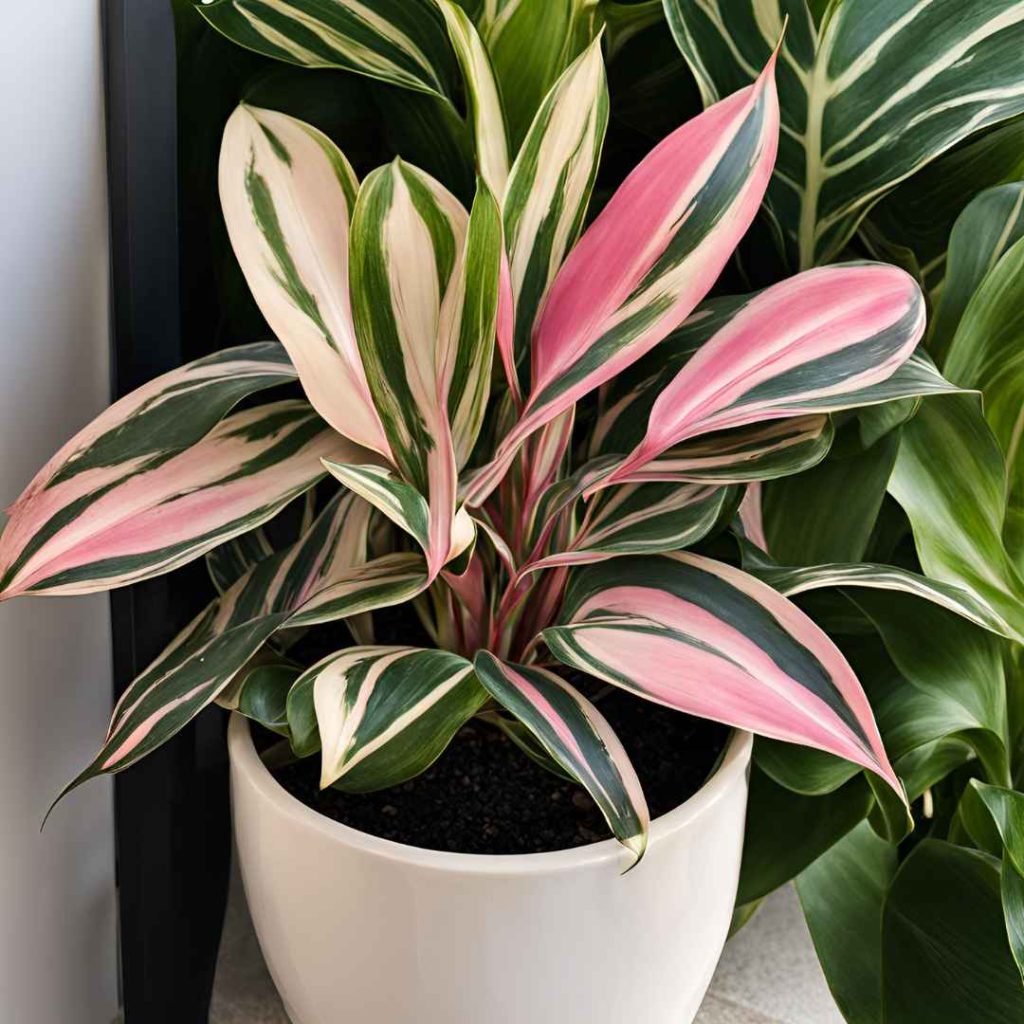
Water: roughly every two weeks
Massive leaves with variations in colors of white, pinkish, and greenish adorn this vibrant plant. We adore this plant since it requires fewer supplies of water and daylight that is indirect, making it a great choice for those new to houseplants.
To enable root systems to sprawl away, cultivate this particular plant in an earthen vessel that is marginally bigger than its seedling planter.
Philodendron Prince Of Orange:
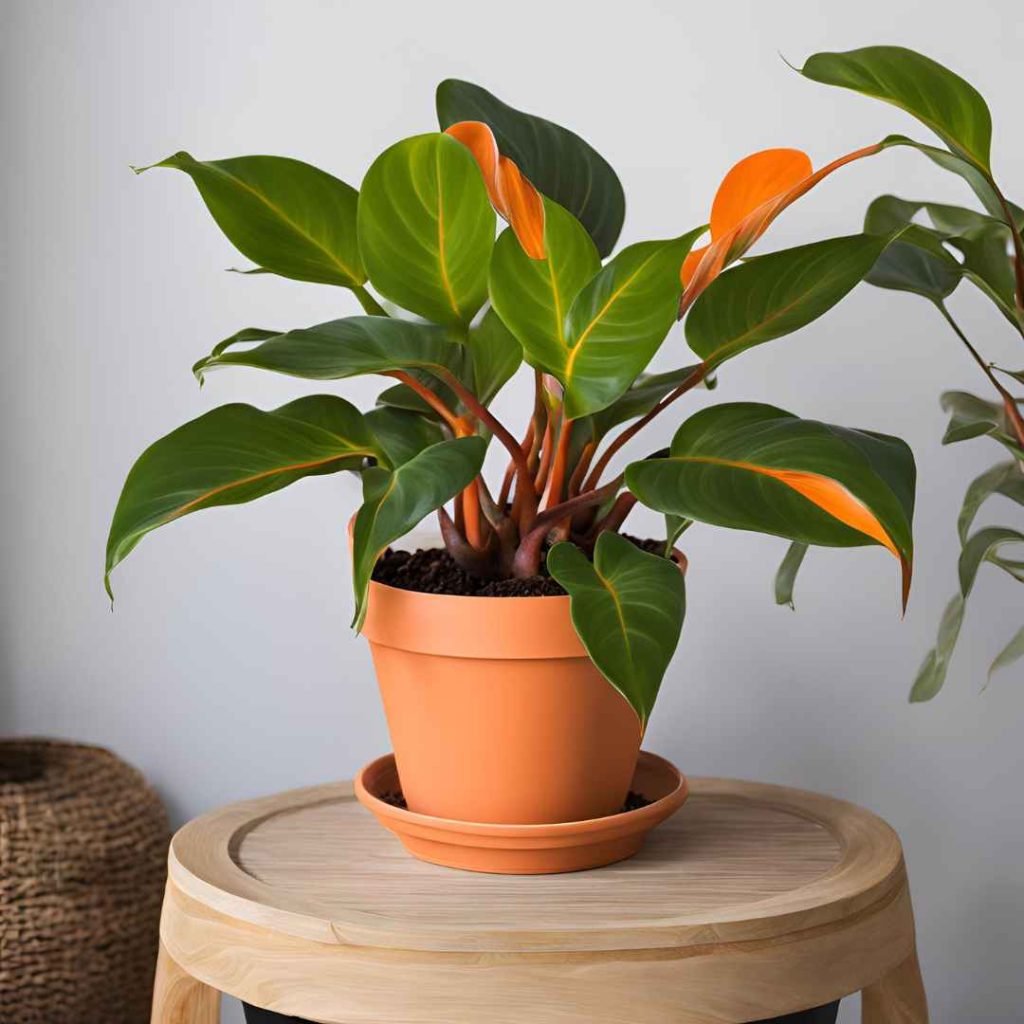
Water: A two-week to ten days in a row
The greenery on this kind of philodendron resembles the hues of an exquisite dusk. However, the foliage will gradually turn an intense greenish or crimson color as it matures.
This species grows best in indirect illumination or on north-facing glass ledges; if fresh branches are developing with no vibrant coloration, it may require a brighter environment.
Pothos ‘n’joy’:

Water: Once a week or, maybe twice
This pothos type is a terrific way to dissolve apart the numerous hues of foliage in your assortment of houseplants with its gorgeous multicolored leaves and floating tendrils.
To fully showcase vineyards, mount this species of plant upward and give it oblique sunshine.
Large Snake Black Coral:
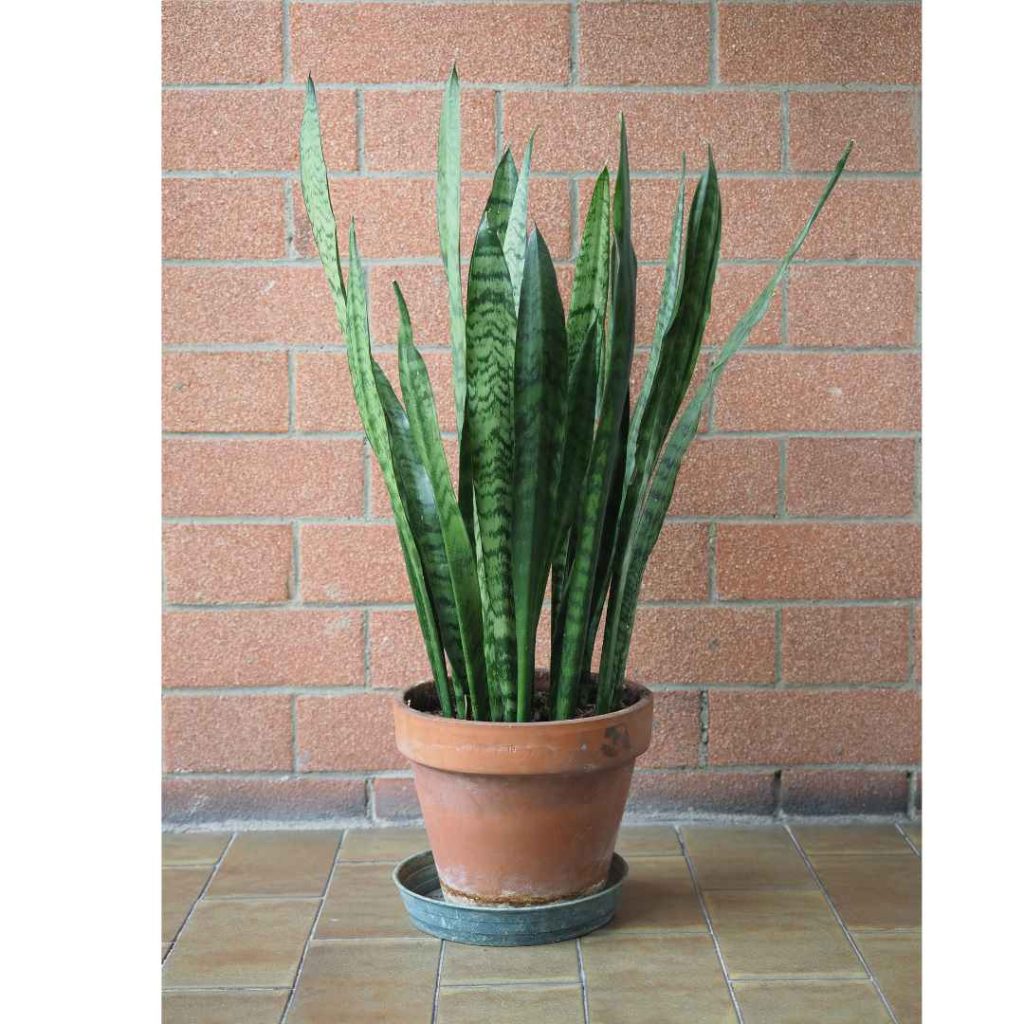
Water: Every two or three weeks, leaving substrate to begin drying out among periodic watering.
Although your snake plant is not lethal, you might prefer to keep your beloved pets separate from this species of plant because only a few leaves can make your furry family members ill.
Rabbit Foot Fern:
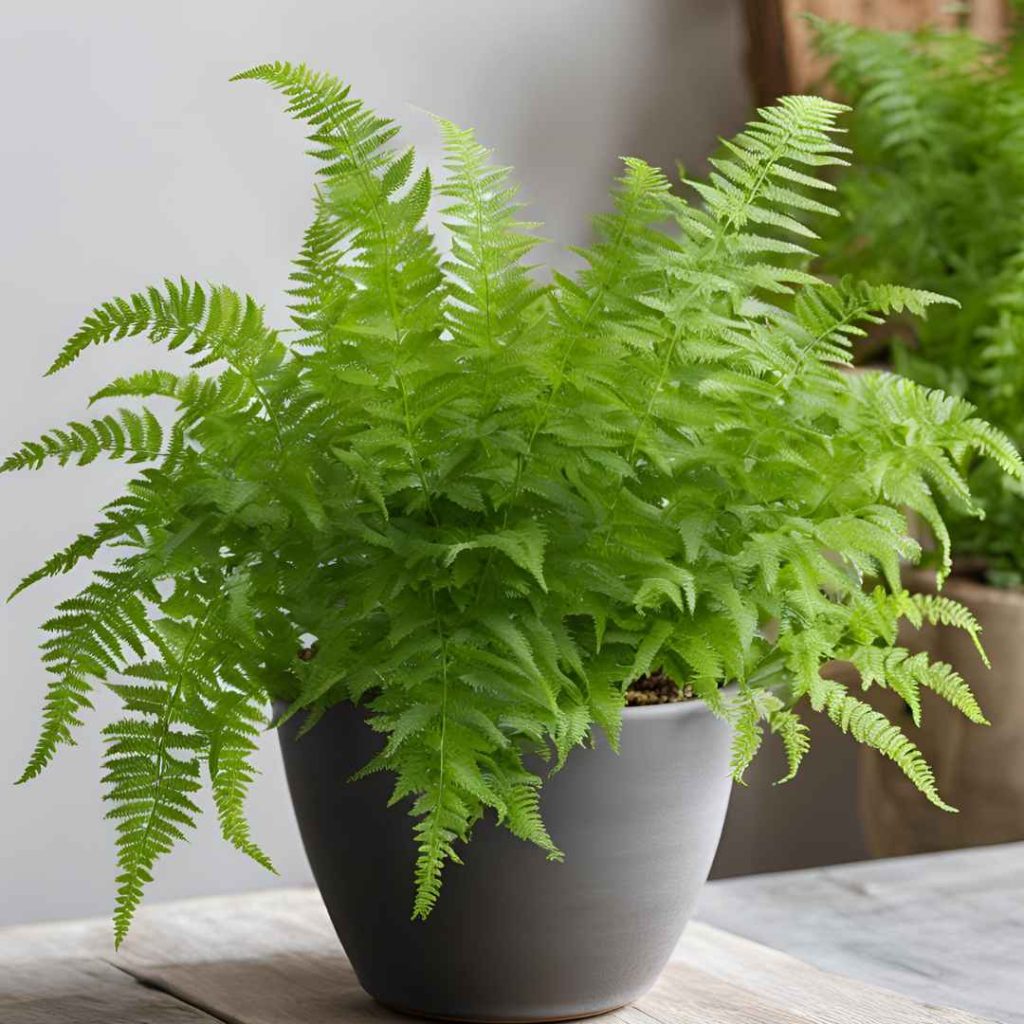
Water: Once a week
The rabbit foot fern, named for its branches that have similarities with a rabbit’s feet (a popular good-luck influence), loves additional daylight and lots of moisture;
If your restroom has an opening, that’s the best place for this quick-growing foliage. However, sustain it off the window frame because harsh sunlight will scorch its greenery.
Prayer Plant:
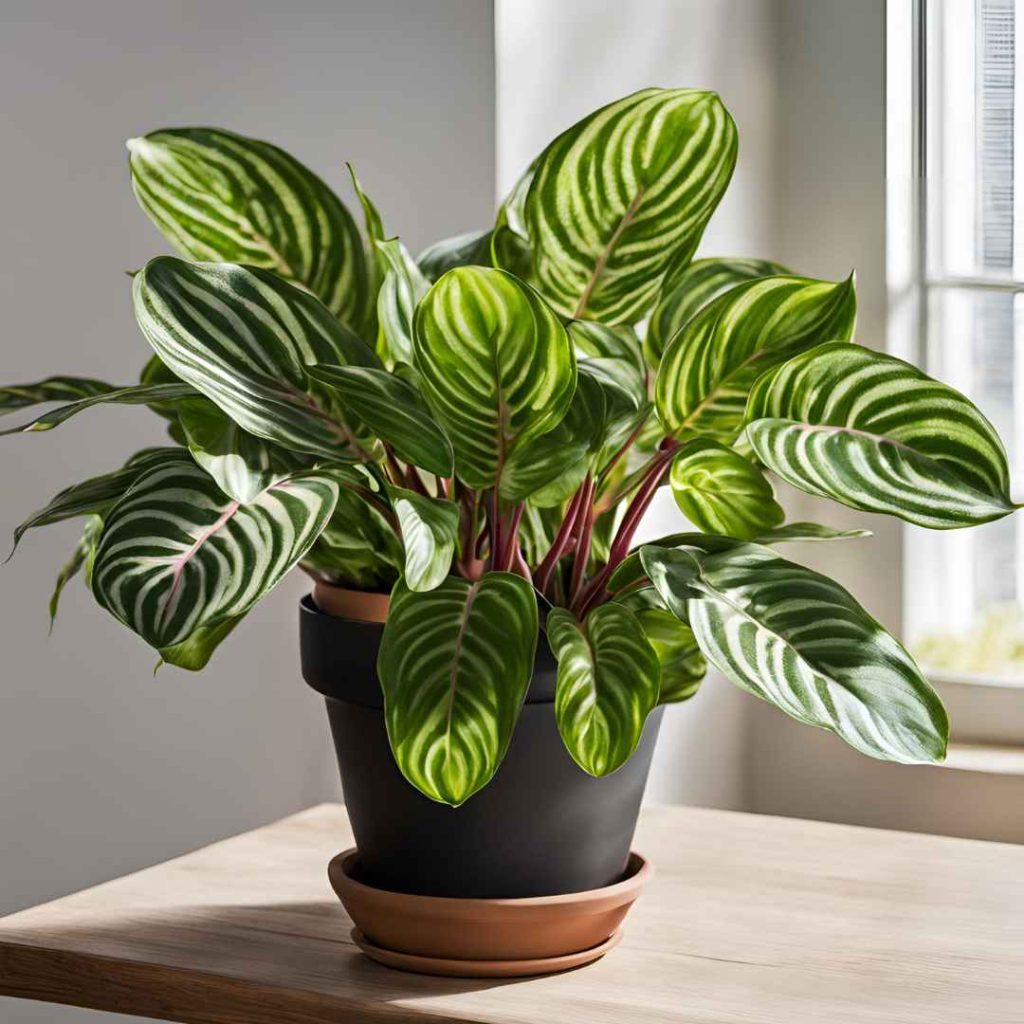
Water: Each of the two weeks
The prayer plant, which comes in several shapes, gets its moniker from its branches, which switch positions in tandem with the rising and setting sun.
Despite the seemingly delicate nature of its shifting foliage, this hardy plant is unexpectedly straightforward to maintain. It also has organic air-purifying properties. When the upper fourth of the substrate is dry, give it a little liquid.
Parlor Palm:
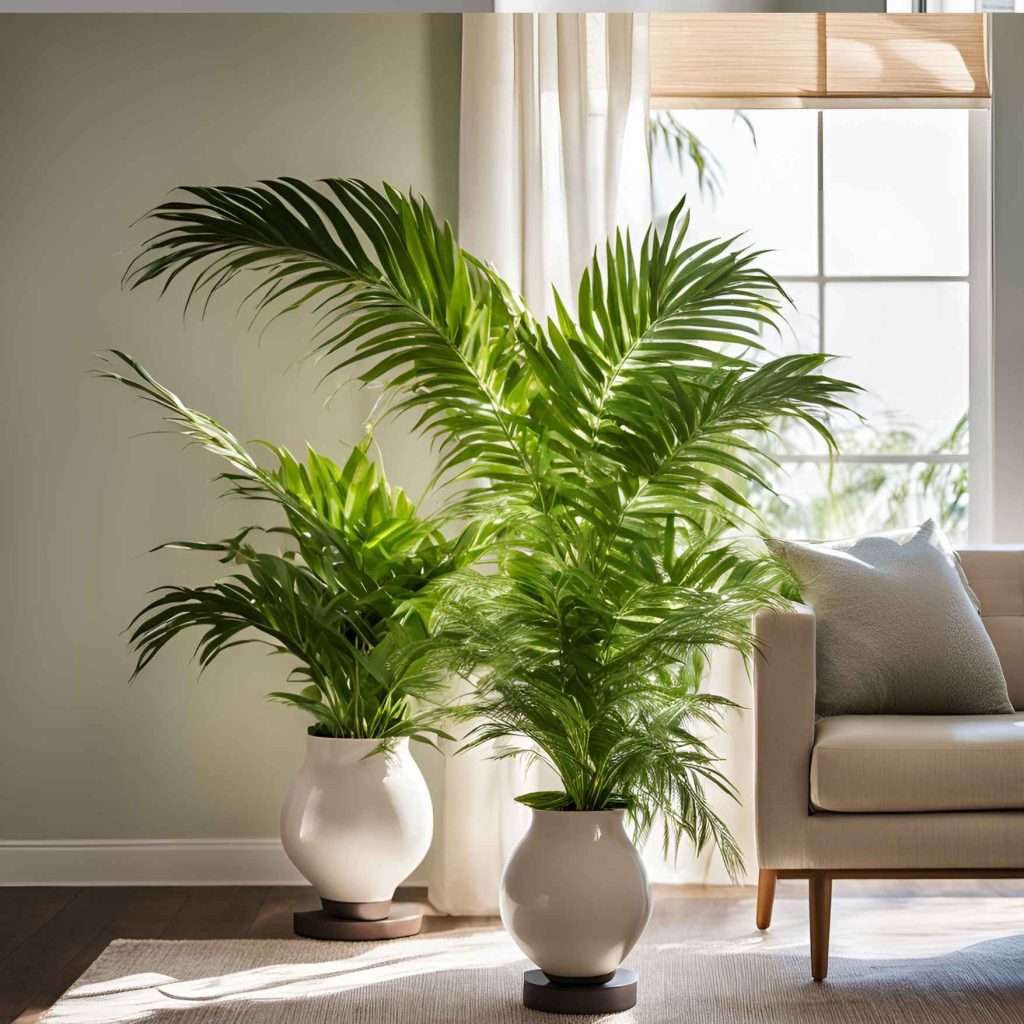
Water: Approximately every two weeks
Classified by another name, the Victorian parlor palm, this plant is renowned for its hardiness. Who wasn’t going to adore those lovely, fluffy leaflets that add some color to any dull area of your house? Although it can thrive in less natural light conditions, it thrives in moderate lighting.
Although this palm prefers high dampness and moisture content, you can nourish it in moderation. It’s nearly sufficient to do so, preferably two times per week. It’s safe for your pet animals as well.
Aglaonema Wishes:
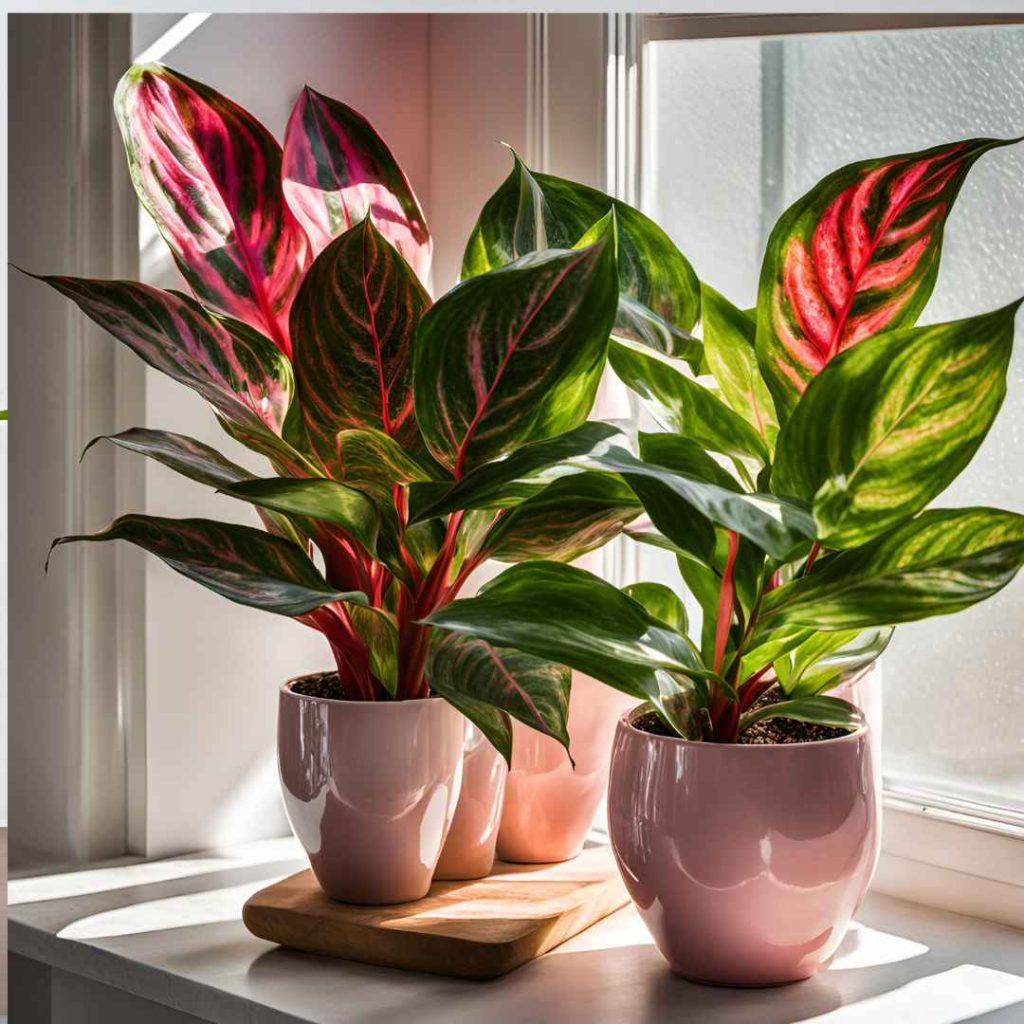
Water: Every ten to seven days
This represents one of the hardiest indoor vegetation available, so newcomers to gardening will find it excellent. It requires just a handful of annual fertilization cycles and thrives in dim lighting.
Such vegetation may develop in synthetic illumination in the same way well; in reality, they barely need direct sunlight to do so. You might not wish to put this kind of vegetation prominently in your restroom because they also thrive in the absence of moisture.
Unfortunately, animals such as horses, pet dogs, as well as cats cannot handle the species, which means keeping them separate from it.
Lucky Bamboo:
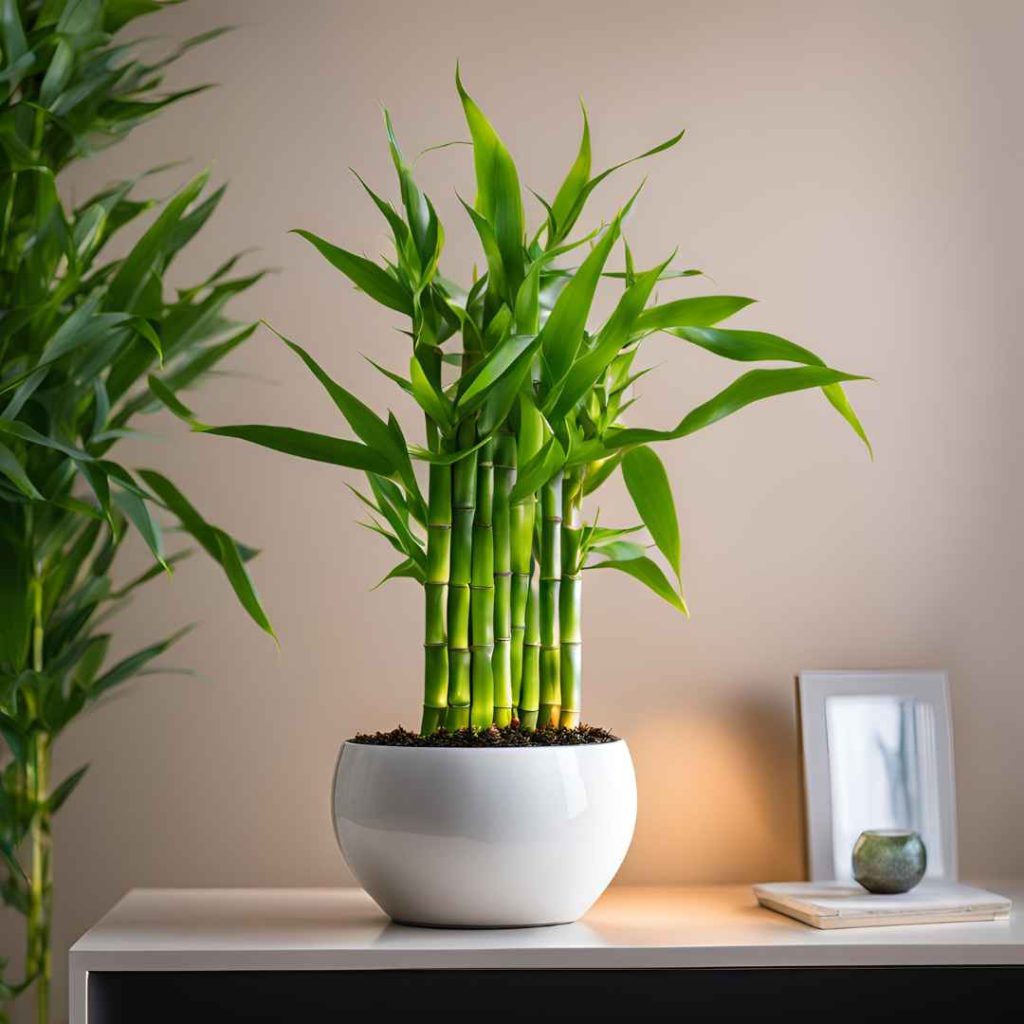
Water: Enough to submerge their roots once a week.
Although it may completely survive in shadowy regions, the fortunate bamboo plant, which is said to bestow happiness and riches, demands some sunshine.
Its capacity to eliminate formaldehyde, trichloroethylene, and benzene from the atmosphere while simultaneously functioning as an ecological moisturizer is its strongest attribute, though. Because it is harmful to pets, keep the beneficial bamboo out of their hands.
Benjamin Ficus Tree:
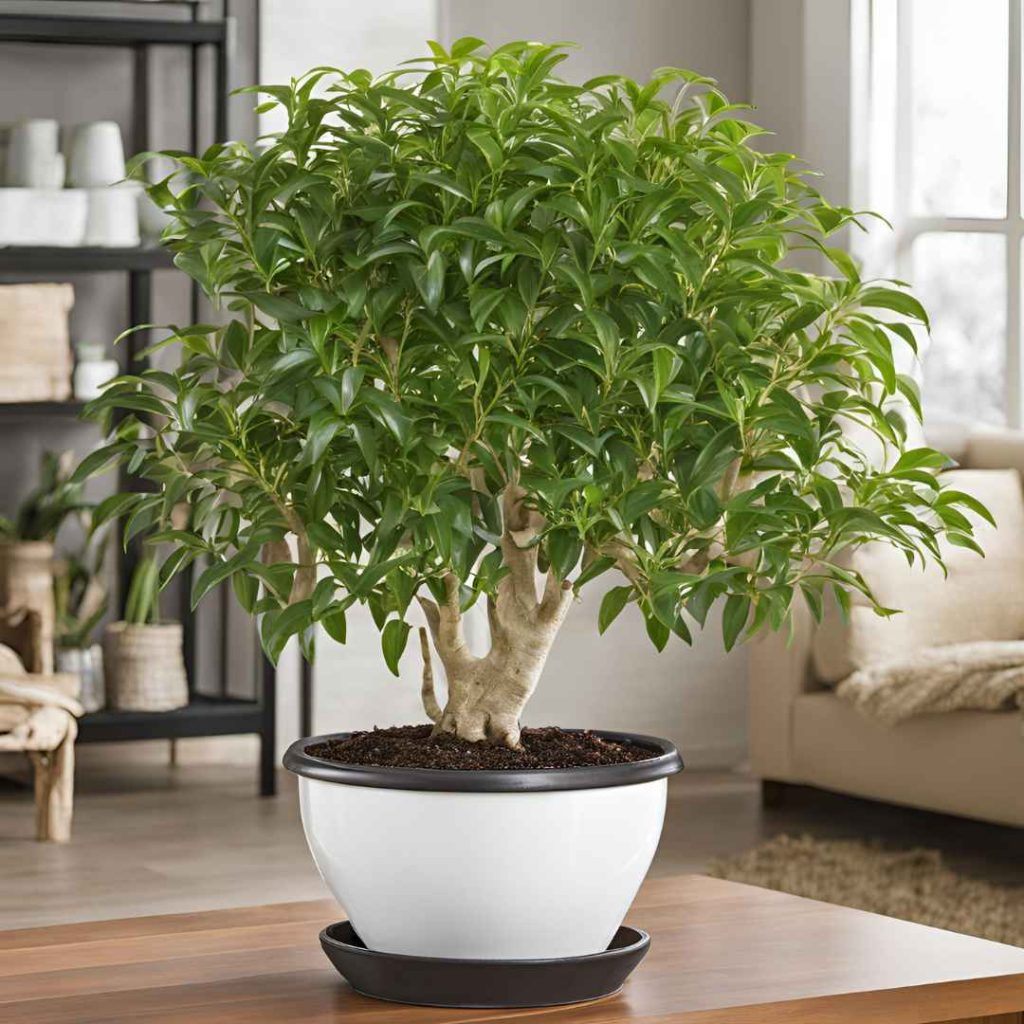
Water: Once or twice a week
This tree grows quickly and brightens any space in the residence. Just be careful to provide it with adequate water. After the highest areas of gravel are dry out, put it in a substantial container with adequate drainage and offer it a lot of water.
It thrives in scattered sunlight, so find a place with lots of dispersed light rather than next to a screen. Both cats as well as dogs are poisoned by ficus trees.
Bromeliad Plant:
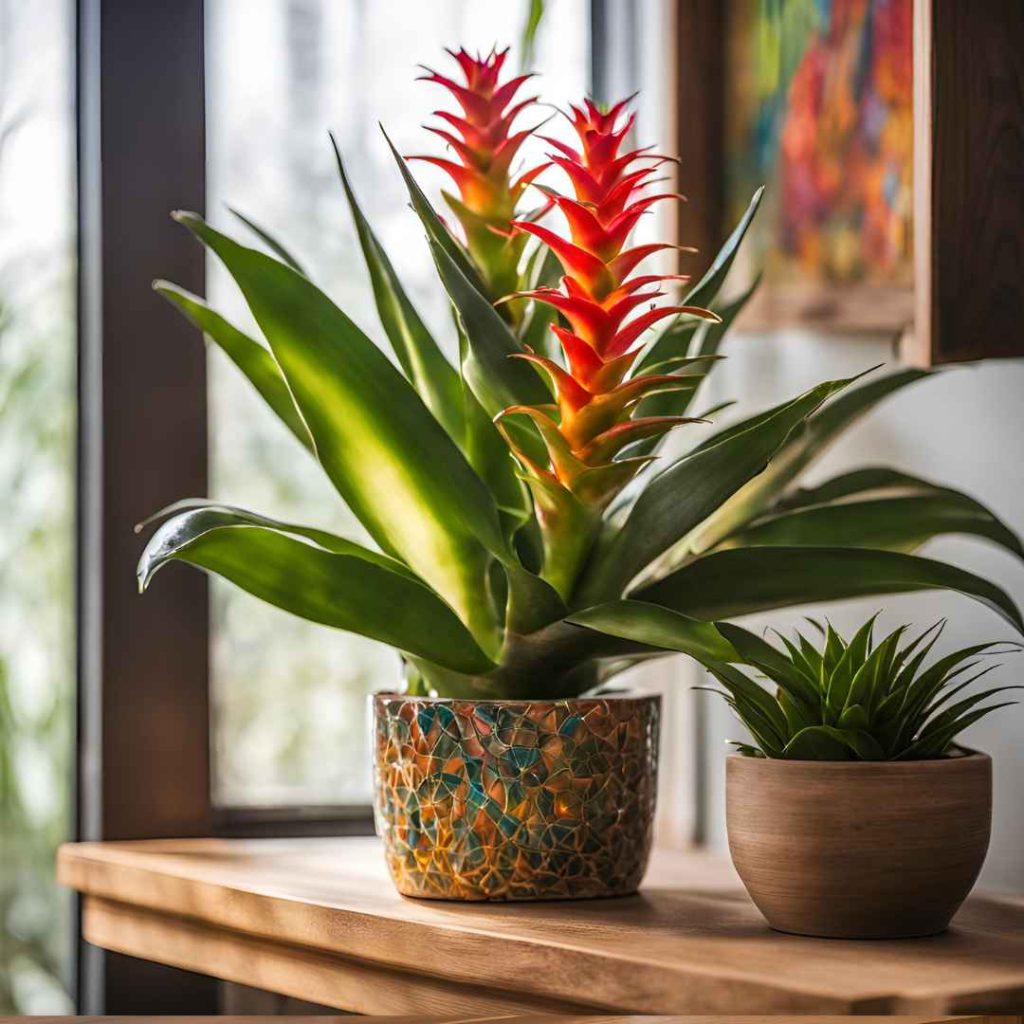
Water: Once a week or so, when the soil is parched.
This indoor plant truly thrives well in damp with moisture like restrooms and may endure only on LED lights. But that’s not the reason we adore orchids.
They may develop on branches along with other vegetation, on the soil itself, and even on pebbles. How awesome is that? They are among our preferred item flowers because they are not poisonous to our pets.
Devil’s Ivy Golden Pathos:
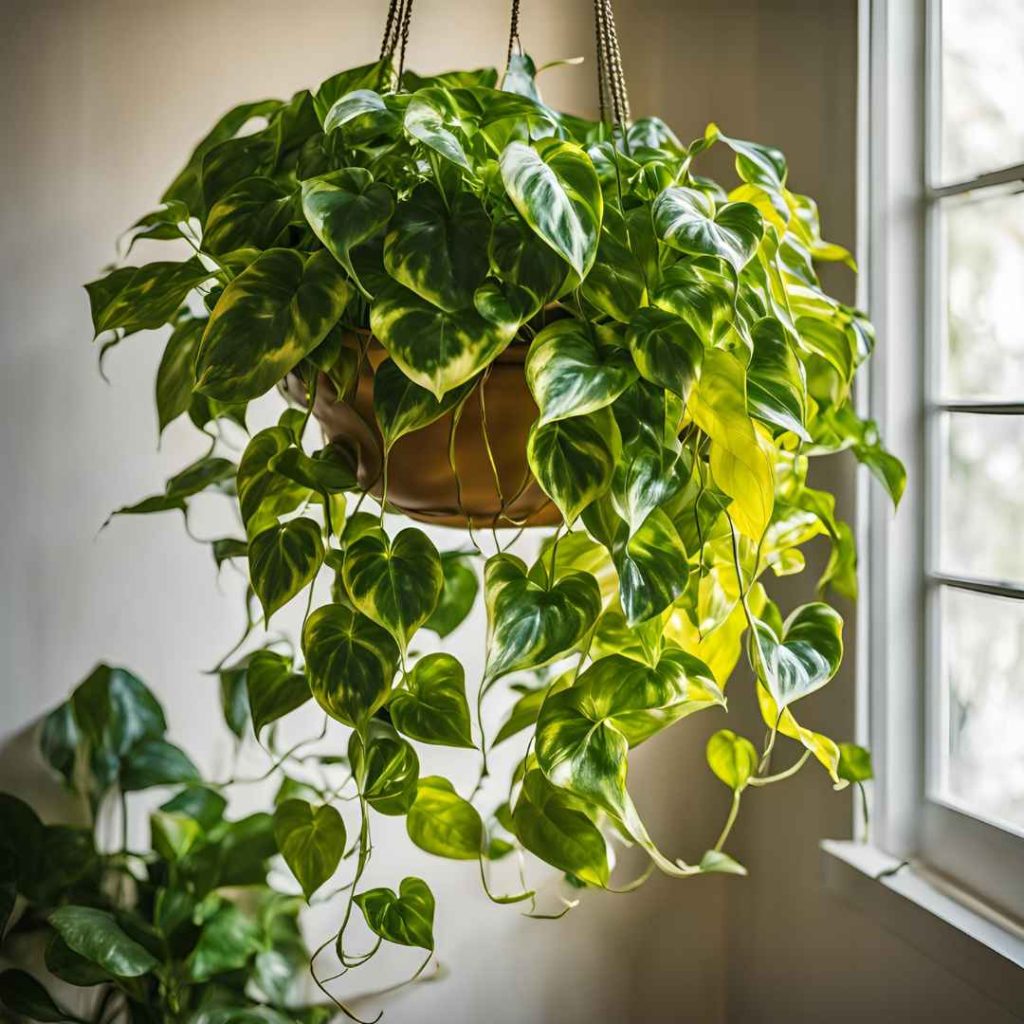
Water: Drink one cup every seven days.
The moniker “devil’s ivy golden pathos” (pathos, which is Greek for “longing”) originates from this cultivation’s extraordinary capacity to send out tendrils even under the most adverse of circumstances.
Due to its superiority, we recommend remaining this particular plant indoors on its own to flourish instead of outside considering it can potentially choke out the remainder of your lush vegetation.
It can be deadly if consumed, therefore maintain it far from the pets you love and in strong, oblique sunshine.
Maranta Red Prayer:
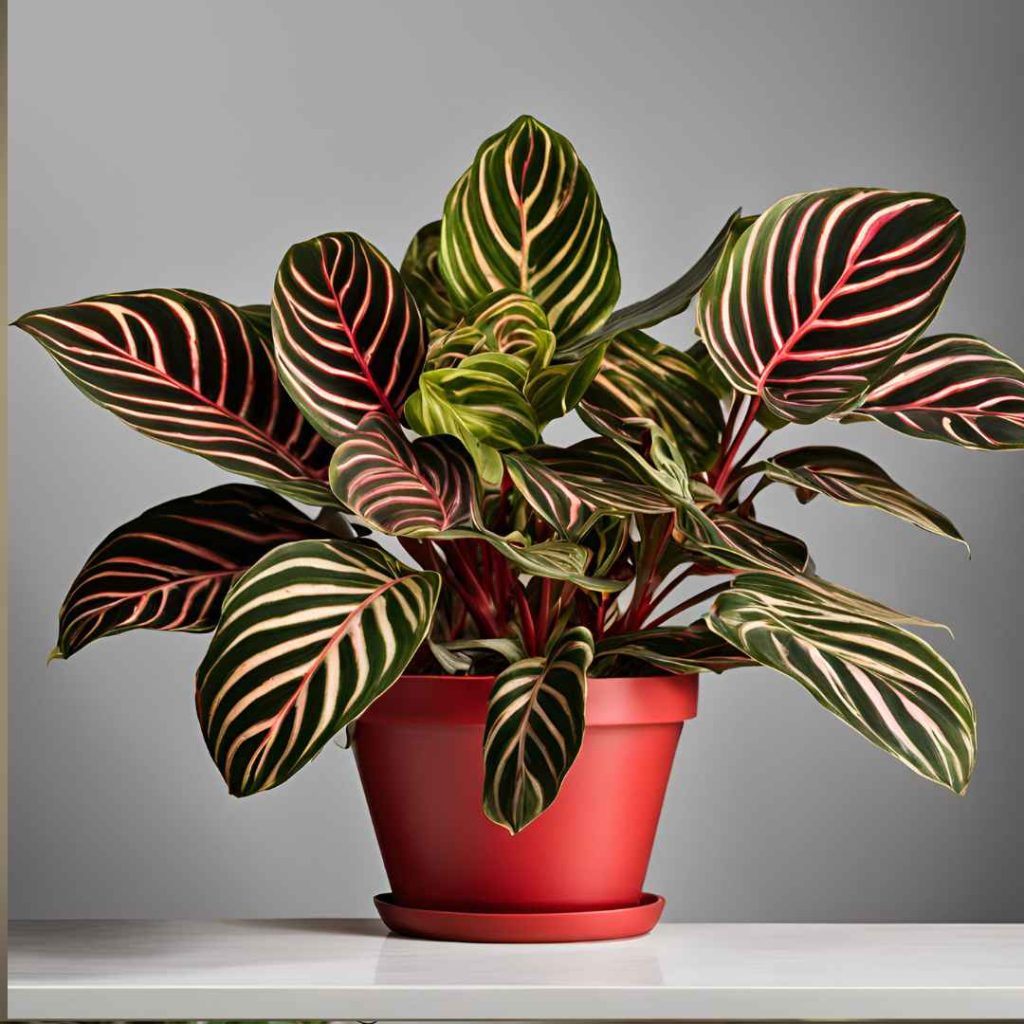
Water: a single time per week
Maranta red prayer plants may tolerate conditions with limited light equally and of course intense ones. The main drawback to little light is drab foliage, which are merely a byproduct of inadequate lighting and don’t signal any problems.
Considering they need an excessive amount of dampness to grow, these kinds of vegetation can be a little unpredictable. Additionally, they are not harmful to pets, meaning you’re comfortable to keep your plants on the ground.
Madagascar Dragon Tree:
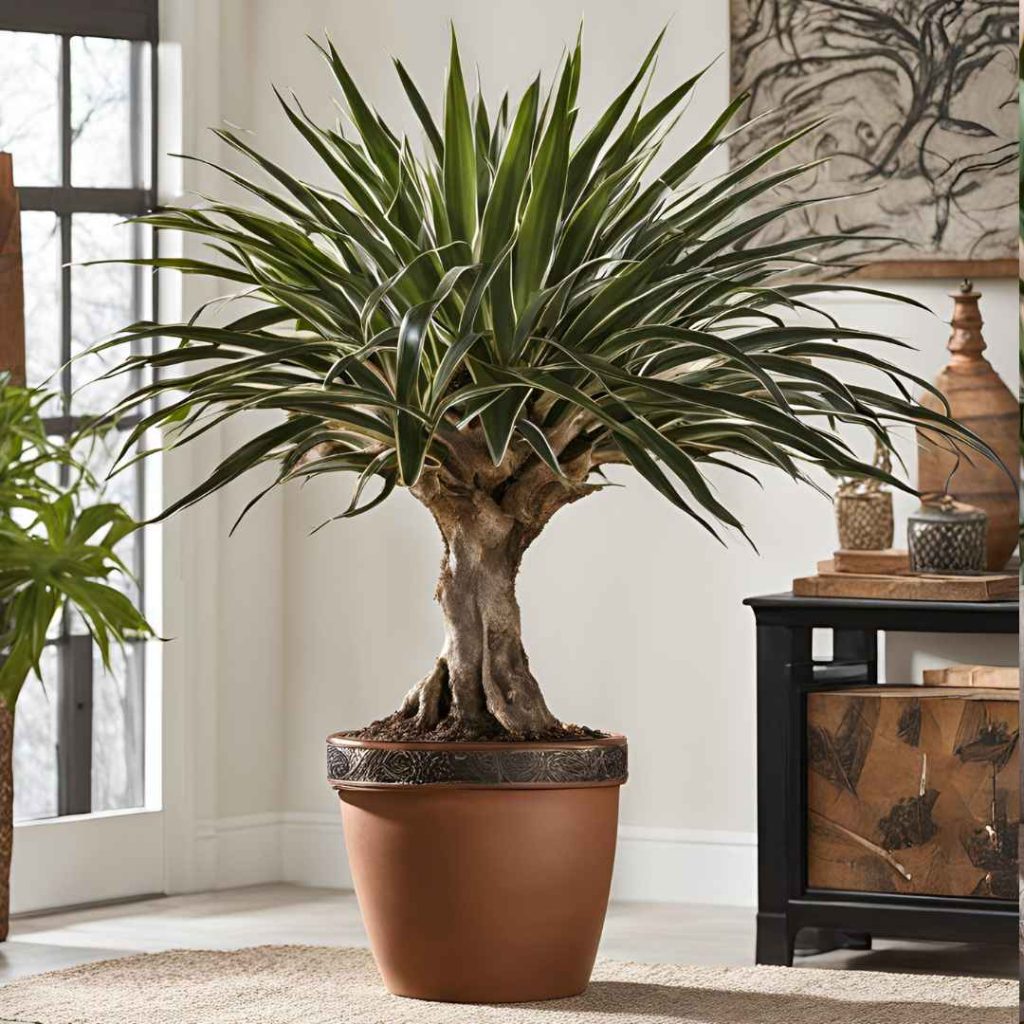
Water: a single time per week
The aforementioned plants are quite stunning with their upward-growing, jagged leaflets that have distinct red margins; nevertheless, excessive exposure to bright sunshine can cause problems for them.
The foliage on your plants will thrive in an area with lots of brilliant oblique daylight; keep your plants nutritious by positioning them away from the opening that receives the majority of sunshine.
While there is no documented harm that Madagascar dragon trees can affect dogs, they might trigger salivating, nausea, fatigue, coordination problems, and diminished vision in cats.
Spider Plant:
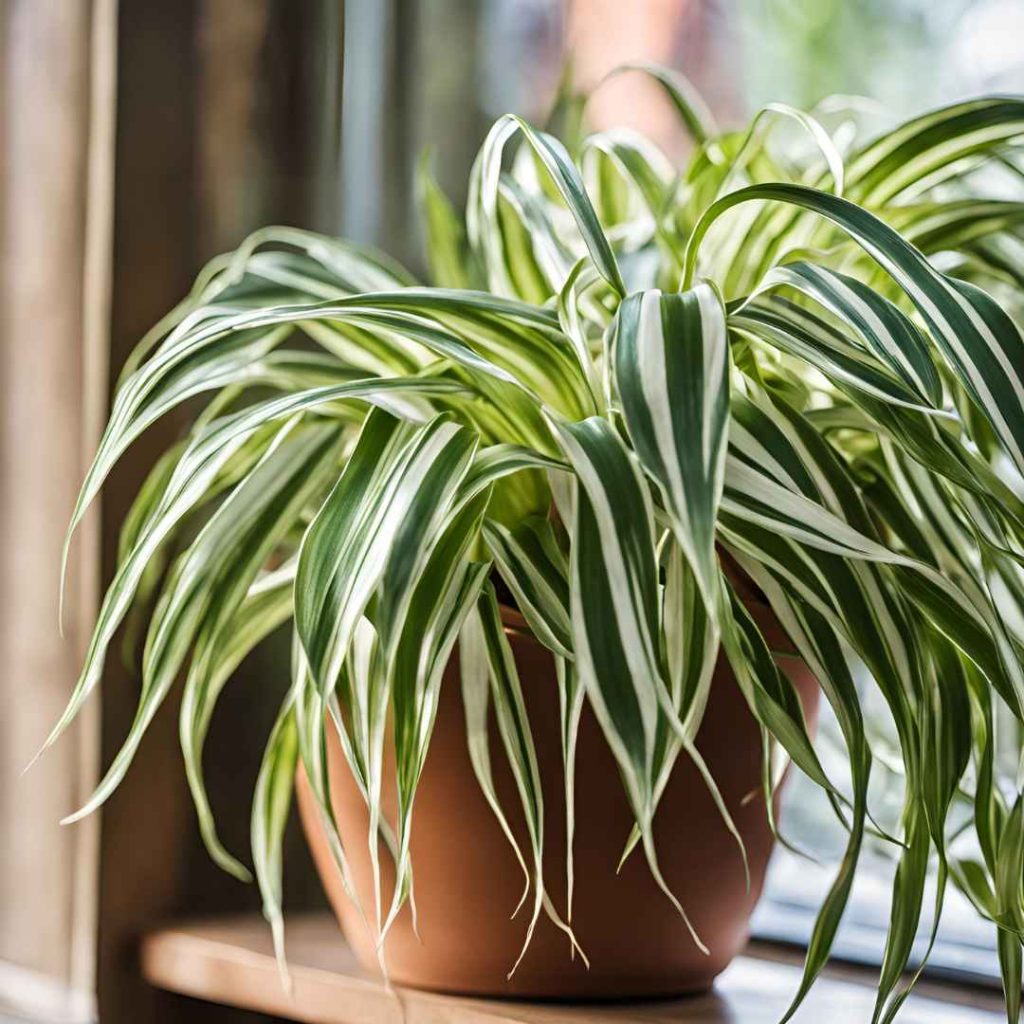
Water: a single time per week
Because of its flexibility, the spider plant ranks as one regarding most strongly desirable succulents and is also quite simple to maintain. In terms of maintenance, it is quite simple.
All you need to do is put one of your spider plants in a space that is appropriate for you and others as well, with brilliant moderately strong daylight. Your spider plant may die young if its surroundings are too extreme or too chilly for it.
One additional element: Always maintain a small moisture content in the substrate. (You might wish to buy a spritz canister.) Furthermore, if your furry family members occasionally bite on certain branches, it won’t harm them because these kinds of vegetation are not harmful to pet animals.
Wax Plant:
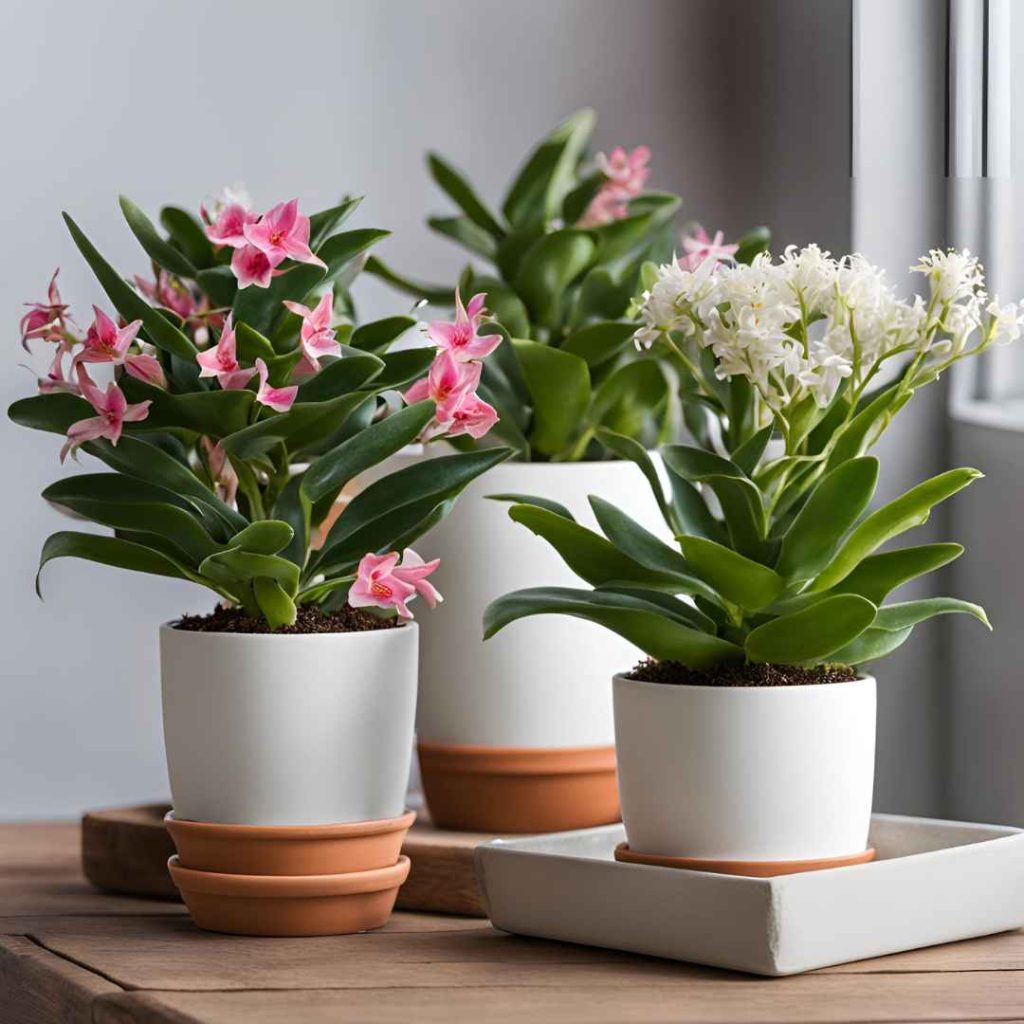
Water: a single time per week
Wax plants, sometimes known as Hoyas, are hardy indoor vegetation. Although they do well in reduced daylight, they will flourish in brightly colored light.
They also require very little care and may recover from a brief period of not being watered. One piece of guidance: Too moist ground will lead the foliage to fall, so let the substrate completely ventilate among periodic watering.
Wax plants are not poisonous to pets, so even if they tumble off and are eaten by your furry family members, they will live to share their story.
Monstera, aka Swiss Cheese Plant:
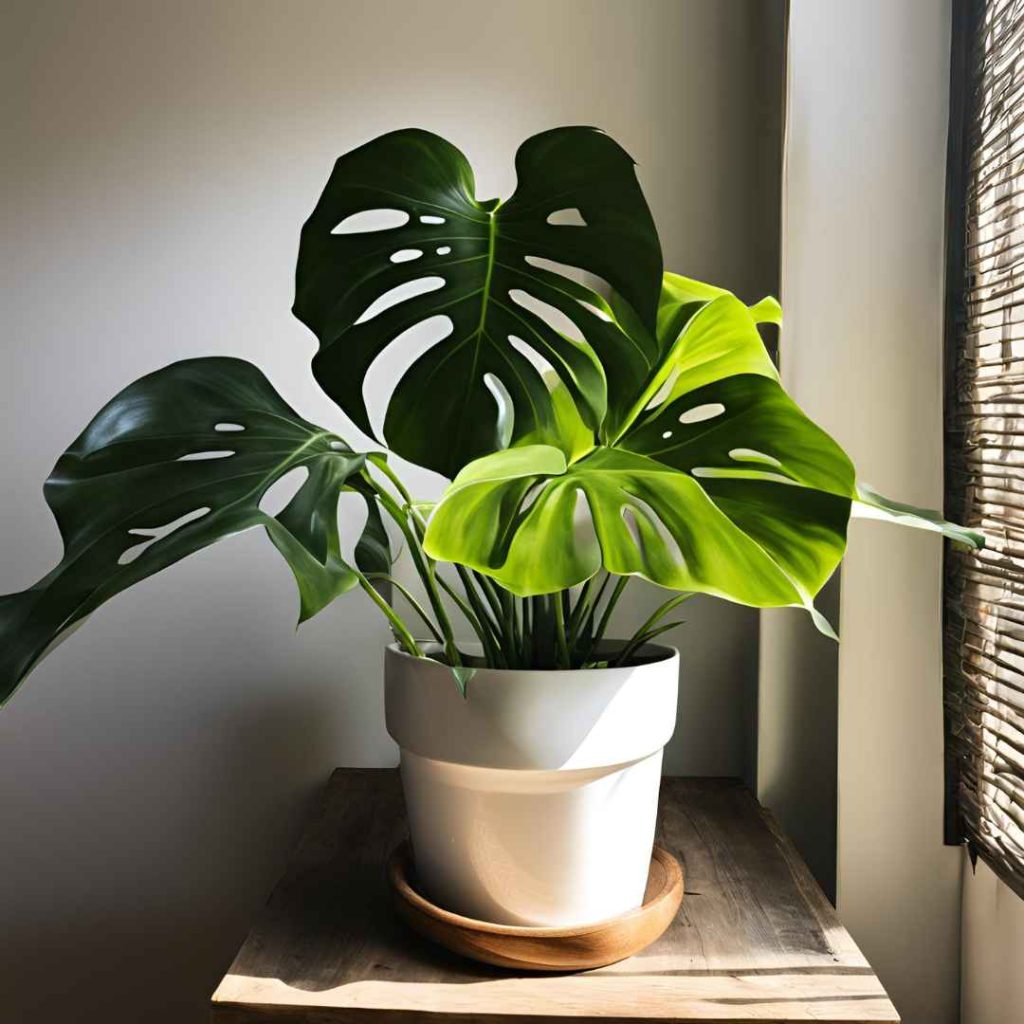
Water: Water moderately, once or twice a week.
Although it may seem that the tropical monstered plant can only withstand intense, intense sunlight, these lovely plants can withstand even the most dim daylight levels. Simply put, they are unlikely to acquire as fast or as significantly as their growth would within an area with more light.
This is not a greener plant that you want to include in lettuce salads because they are just as harmful to people just like they are to animals like dogs and cats.
Sago Palm:
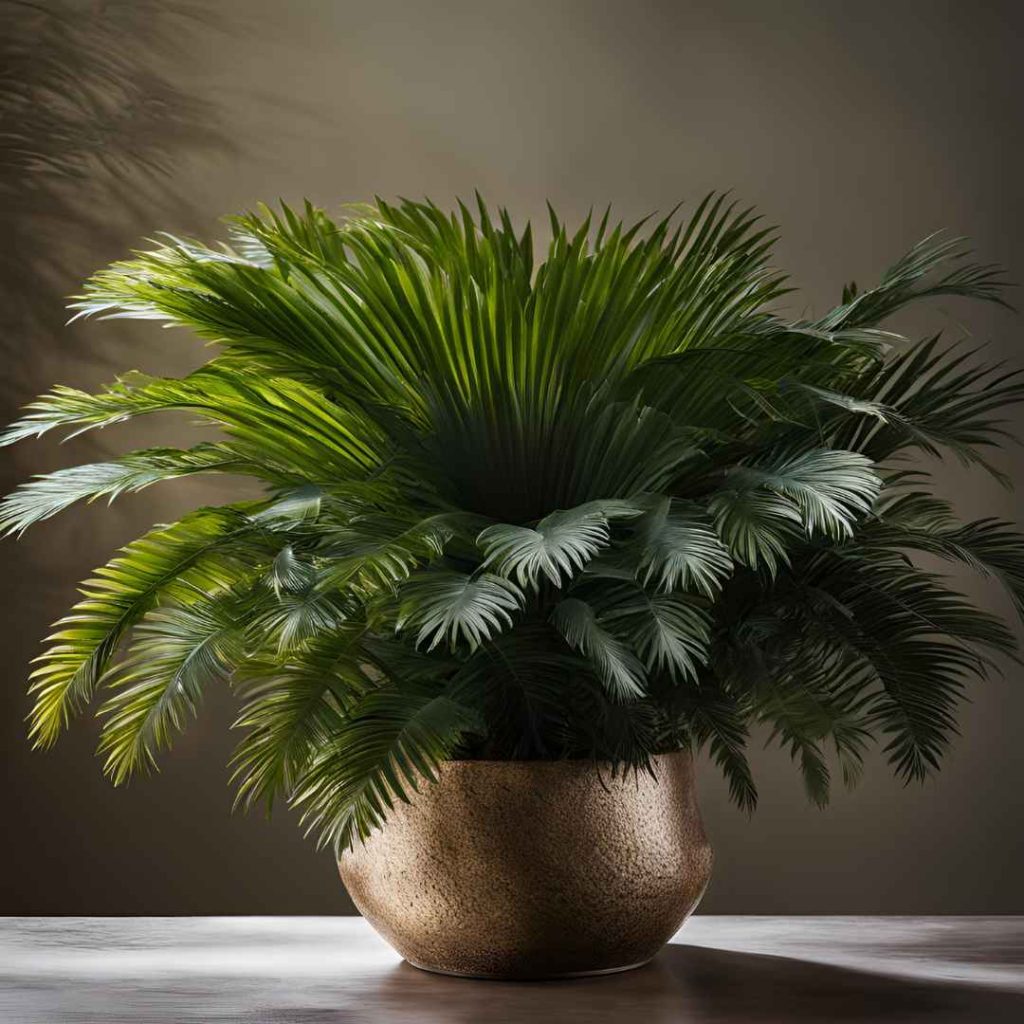
Water: Drink one cup every two weeks.
This is your opportunity to add a palm tree to your own private vegetation, if that’s always been your desire. Even while sago palms aren’t as high as those you’ve encountered on the water, they’re still rather lovely.
It develops well in vibrant intense spaces, like other tropical plants, yet can also thrive in the darkest corners of your house. However, it’s more specific when it comes to groundwater.
Feed the sago palm water until its upper inch of substrate has become completely dry. Overwatering the vegetation is the simplest way to harm it. Regretfully, the foliage and branches of the plant in question are poisonous to pet animals.
